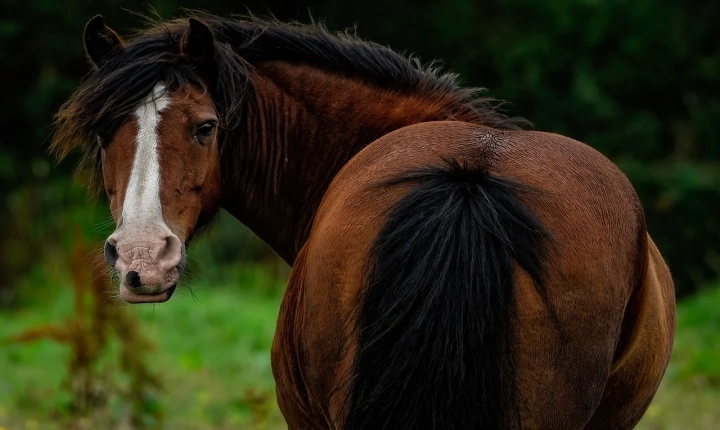Artificial intelligence has revolutionized the way we handle images, allowing us to not only enhance the quality of existing images but also expand them to higher resolutions. This incredible capability has opened up new possibilities in various fields such as photography, medical imaging, satellite imagery, and more. In this article, we will explore how AI can be utilized to expand images and the various techniques involved in the process.
One of the most common applications of AI in image expansion is through the use of deep learning algorithms, particularly Generative Adversarial Networks (GANs) and convolutional neural networks (CNNs). GANs consist of two neural networks, a generator and a discriminator, that work together to generate high-resolution images from low-resolution inputs. The generator creates new, high-resolution images based on the low-resolution input, while the discriminator evaluates the generated images and provides feedback to the generator, helping it to improve over time.
Similarly, CNNs use a series of convolutional layers to learn features from images and can be trained to upscale low-resolution images to higher resolutions. These networks are trained on large datasets of high and low-resolution image pairs, allowing them to learn the mapping between the two and generate higher-resolution versions of low-quality images.
Another technique for image expansion involves the use of single-image super-resolution (SISR) models, which aim to increase the resolution of a single image by inferring the high-frequency details based on the low-resolution input. These models utilize deep learning techniques such as autoencoders, deep belief networks, and recurrent neural networks to predict high-resolution details from the low-resolution image, effectively expanding the image without losing quality.
The process of using AI to expand images typically involves the following steps:
1. Preprocessing: The input image is preprocessed to remove noise and prepare it for the expansion process. This may involve resizing, denoising, and normalizing the image.
2. Model Training: A deep learning model, such as a GAN, CNN, or SISR model, is trained on a large dataset of high and low-resolution image pairs to learn the mapping between the two.
3. Inference: Once the model is trained, it can be used to expand new images by inputting low-resolution images and generating high-resolution counterparts.
The benefits of using AI for image expansion are numerous. It allows for the enhancement of low-quality or pixelated images, making them suitable for a wide range of applications such as digital zoom, printing, and digital display. Additionally, AI-based image expansion can also be used to improve the quality of medical imaging, satellite surveillance, and forensic analysis, where high-resolution images are critical for accurate diagnosis and analysis.
However, it is essential to note that AI-based image expansion is not without its challenges. One significant challenge is the computational complexity and resource requirements of deep learning models, especially when working with large-scale high-resolution images. The training process can be time-consuming and resource-intensive, requiring powerful hardware and extensive training data.
In conclusion, the use of AI for image expansion has opened up new possibilities for enhancing and improving the quality of images across various domains. With the rapid advancements in deep learning and computer vision, we can expect further improvements and innovations in this field, paving the way for more accurate, detailed, and visually stunning images in the future.
